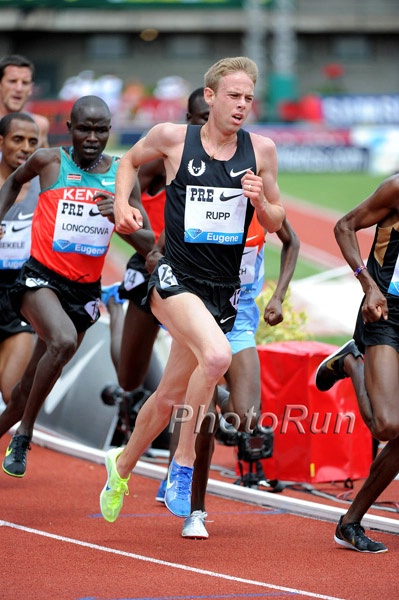

That strategy-conserving strength until it’s needed-was the foundation of the Nike Oregon Project. I trusted them to conserve their energy until the last few laps, when distance races are won or lost. Their strides looked good, exactly as we’d practiced. They were several paces behind the leaders. Images of my own past races flitted through my mind as I watched Mo and Galen complete the first lap. A few short years after my burst of fame, I was finished, washed up. I tried physical therapy, surgery, unproven cures. Then, just as my coaches warned, I began suffering injuries. Before I turned 25 I was ranked the top distance runner in America. I won the New York City Marathon in 1980, followed by two more New York City Marathons, and the Boston Marathon in 1982. I bragged about my victories-it was the confidence of a champion, I thought. I ignored coaches’ advice and pushed myself beyond my limits. Whatever it was, from the moment I started running in high school, I approached the sport like a one-man army. Maybe it was the competitive fire I’d inherited from my father, a hard-driving immigrant from Cuba who expected his kids to be Catholic, anti-communist and high achievers, in that order. I couldn’t help but marvel at the peace I felt inside-the complete opposite of how I’d felt in my own running career. Yet an almost indescribable calm descended over me in that packed stadium in London.

I’d made so many poor decisions in my life, in my running career. Were the doubters right? Was I here for the wrong reasons? I certainly had cause to wonder. Then I flamed out and never won another marathon. I’d won four major marathons in the early 1980s. It’s a vanity project, people said, Alberto Salazar trying to redeem himself. Our runners had failed to finish higher than eighth place in the 20 games. Doubts about the project ran rampant in the running world. The stakes were especially high at this Olympics. For years Africans had completely dominated the sport. Maybe that was better-better that my runners couldn’t see the tension on my face.įor more than a decade I had led a program called the Nike Oregon Project, an attempt to show the world that, with the right training, Westerners could once again compete in world-class distance running. Sometimes at big races coaches get to sit close to the runners.


 0 kommentar(er)
0 kommentar(er)
